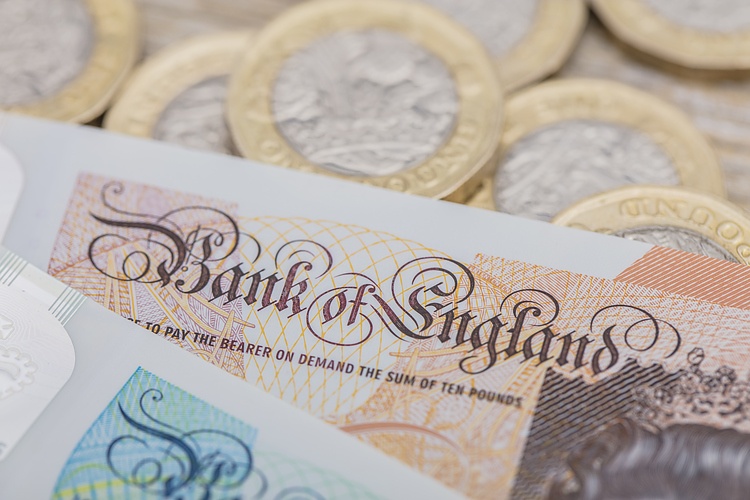The Pound Sterling (GBP) has experienced losses recently, dropping to the 1.29 area due to weaker than expected UK Retail Sales data for June. Scotiabank’s chief FX strategist Shaun Osborne highlights this trend. Despite the disappointing sales figures, there has not been a significant change in market expectations for a Bank of England (BoE) rate cut in August, with swaps pricing still indicating uncertainty.
In order for the GBP to see a continuation of its recent rise, it will need to break above the 1.2950 resistance level. While there has been some weakness in the GBP against the Euro (EUR), Osborne suggests that the cross may stabilize around the mid-0.84 area. The current market conditions indicate that Cable’s strong performance in July may see a correction in the short term.
According to Osborne, intraday price signals show some demand emerging for the GBP around the 1.29 area, but there is stronger technical support in the 1.2860/80 zone. To solidify the short-term outlook for the GBP, it will need to make gains back above the 1.2950 resistance level. This suggests that there is still potential for the Pound Sterling to recover from its recent losses.
Overall, the recent weaker than expected UK Retail Sales data has put pressure on the GBP, but market expectations for a BoE rate cut have not shifted significantly. The GBP may continue to face challenges in the short term, but there is potential for a recovery if it can break above the 1.2950 resistance level. Traders and investors will be closely monitoring the GBP’s performance in the coming days to gauge its strength against other major currencies.











